Backcountry skiing is breathtaking but risky, with over 150 avalanche-related deaths reported annually in the U.S. Safety and performance gear are essential for unpredictable conditions like sudden whiteouts or freezing temperatures. Here's the deal: lightweight, flexible, and weather-resistant outerwear paired with safety tech can make all the difference.
Key Takeaways:
- Arc'teryx: Top-notch weatherproofing (20,000mm+ waterproof ratings), RECCO reflectors, and ergonomic designs for extreme terrain.
- Patagonia: Balances eco-conscious materials with high performance, offering RECCO tech and breathable fabrics.
- Black Diamond: Reliable, lightweight gear with built-in RECCO and beacon storage for safety.
- Rip Curl: Affordable, stylish options with moderate weather resistance, better suited for casual skiing.
- Snowfeet*: Lightweight, flexible outerwear for short ski adventures, emphasizing agility over bulk.
Quick Comparison:
| Brand | Weather Resistance | Mobility | Avalanche Safety | Best Use |
|---|---|---|---|---|
| Arc'teryx | Excellent | Excellent | Strong | Extreme conditions |
| Patagonia | Very Good | Very Good | Strong | Eco-conscious skiing |
| Black Diamond | Good | Excellent | Strong | Technical touring |
| Rip Curl | Moderate | Good | Limited | Casual skiing |
| Snowfeet* | Moderate | Excellent | Minimal | Short ski adventures |
If you're tackling harsh terrain, Arc'teryx and Patagonia are solid picks. For lightweight fun and mobility, Snowfeet* is a game-changer. Let’s dive into why these brands stand out.
Backcountry Ski Gear Upgrades I Wish I Made Sooner
1. Arc'teryx Backcountry Outerwear
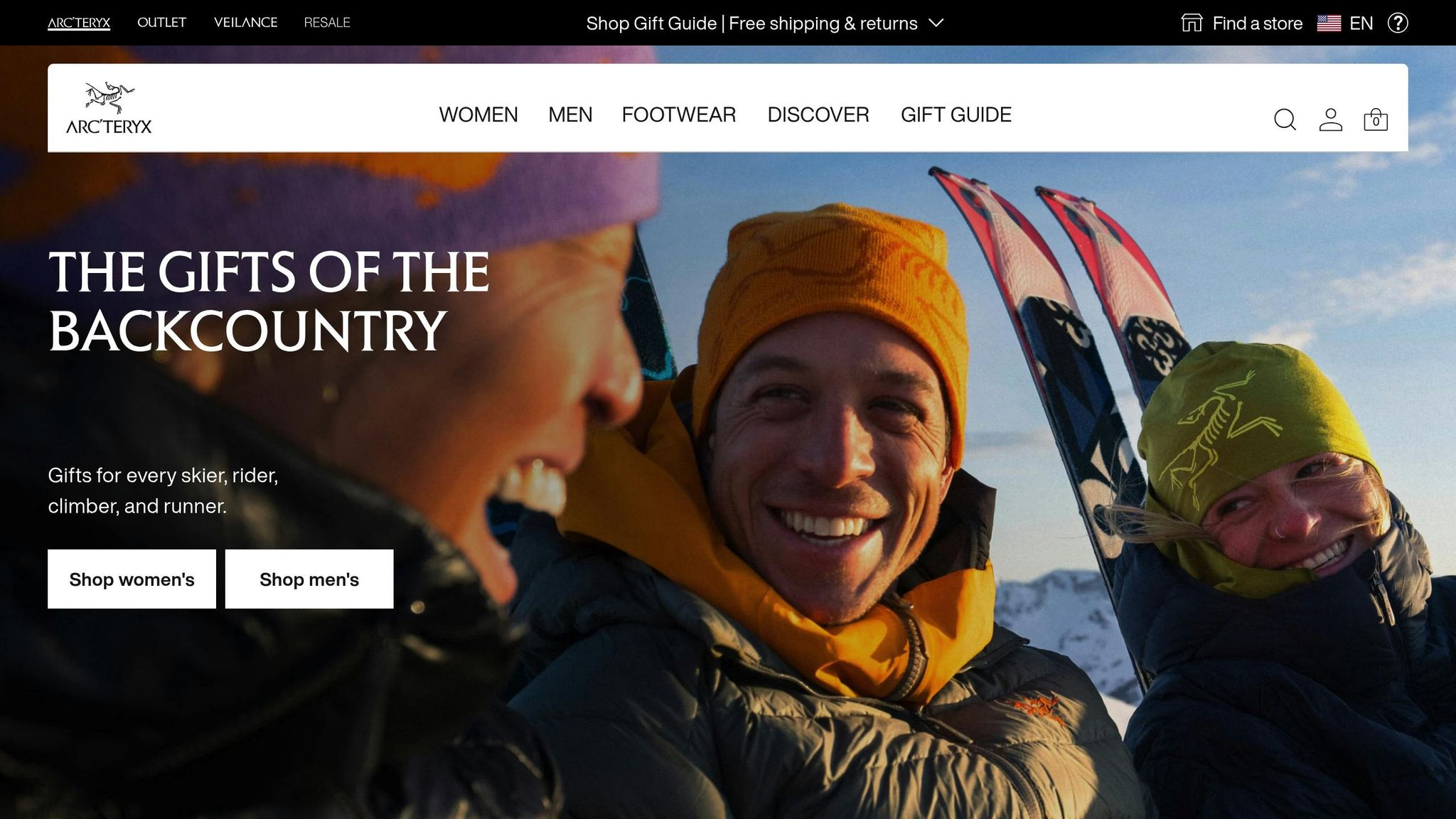
Arc'teryx has earned its reputation as a leader in technical outerwear, and its backcountry skiing gear is a prime example of why. Unlike many traditional ski brands that lean heavily on bulk and insulation, Arc'teryx takes a precision-focused approach, creating gear that balances protection, mobility, and functionality.
Weather Resistance
Arc'teryx outerwear is built to handle the harshest backcountry conditions. Their jackets and pants feature GORE-TEX Pro and other waterproof laminates that keep out wind, snow, and rain while staying breathable. Seam-sealed construction and water-resistant zippers add an extra layer of defense against moisture - critical when the weather turns on a dime. Popular models like the Alpha SV, Beta AR, and Sabre pant are go-to choices for guides and seasoned skiers, thanks to their reliable weatherproofing and lightweight design.
Mobility
When you're navigating steep ascents or carving through powder, freedom of movement is key. Arc'teryx incorporates articulated panels and stretch zones into their designs, allowing for natural, unrestricted motion whether you're skinning uphill, climbing, or skiing downhill. This thoughtful construction not only boosts efficiency but also minimizes fatigue on long tours. And while mobility is a major focus, Arc'teryx doesn’t skimp on safety features for avalanche-prone terrain.
Avalanche Safety Features
While Arc'teryx outerwear doesn’t include built-in avalanche airbags, it’s designed with safety in mind. Many of their jackets come equipped with RECCO reflectors, which make it easier for search teams to locate skiers in the event of an avalanche. Specialized pockets for avalanche essentials like transceivers, shovels, and probes ensure that critical gear is always within easy reach.
"The integration of RECCO technology in our outerwear is a game-changer for backcountry safety." - Arc'teryx Product Development Team
This point was vividly illustrated in January 2024, when a skier in the Canadian Rockies was found within 15 minutes of an avalanche, thanks to the RECCO reflector embedded in their Arc'teryx jacket.
Versatility
Arc'teryx gear isn’t just about safety and performance - it’s also incredibly adaptable. Their designs include modular layering systems, helmet-compatible hoods, and adjustable ventilation features like pit zips and thigh vents, making it easy to adapt to fluctuating temperatures, changing weather, or varying exertion levels. The use of reinforced high-tenacity nylon ensures durability without adding unnecessary weight.
Looking ahead, Arc'teryx is stepping up its game with lighter, more eco-friendly materials and updated ergonomic designs for 2025. This shift reflects a broader movement in backcountry gear, where lighter, more functional designs are proving to be game-changers for both safety and comfort.
2. Patagonia Snow Gear
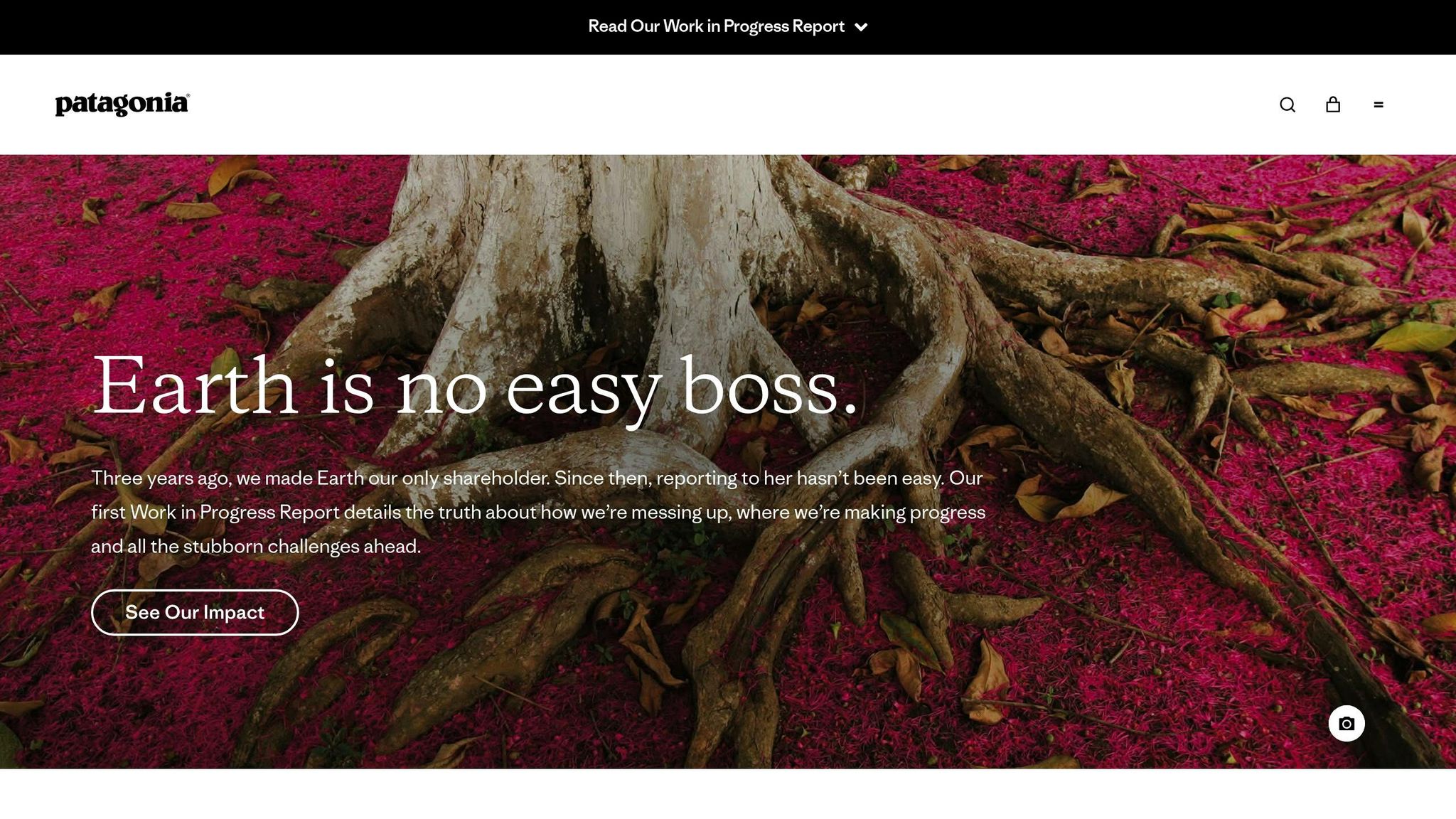
Patagonia brings together top-notch performance and eco-friendly design, making it a standout choice for skiers who care about both the planet and their time on the slopes. Unlike traditional bulky options, Patagonia's gear delivers technical excellence without sacrificing environmental responsibility.
Weather Resistance
Patagonia relies on advanced materials like GORE-TEX Pro and their own H2No fabrics to keep you dry and comfortable. These materials boast impressive waterproof ratings of over 28,000mm and breathability exceeding 20,000 g/m²/24hr. Gear like the PowSlayer Jacket and SnowDrifter Bibs feature taped seams, water-resistant zippers, and DWR (durable water-repellent) coatings to keep moisture out. For those who prefer a lightweight option, the Stormstride Jacket offers streamlined GORE-TEX Pro protection, ideal for fast-paced touring.
In January 2024, Outdoor Gear Lab put Patagonia's Powder Bowl Jacket to the test during a 48-hour snowstorm in the Rockies. The jacket kept testers dry and comfortable, outperforming competitors like North Face's Apex Flex Jacket under similar conditions.
Mobility
Patagonia nails it when it comes to freedom of movement. Their gear incorporates articulated patterning and stretch fabrics, so you can move naturally whether you're climbing, skiing, or just navigating tricky terrain. Features like gusseted underarms and articulated knees reduce restriction, while lightweight construction minimizes bulk - keeping you comfortable and less fatigued on long tours.
Adjustable cuffs and ergonomic designs make dynamic movement a breeze, whether you're bootpacking up a steep slope or carving through powder. This focus on mobility aligns with the growing demand for backcountry gear that prioritizes efficiency and comfort. Patagonia's thoughtful design ensures their gear performs seamlessly in the mountains.
Avalanche Safety Features
While Patagonia doesn’t make avalanche airbag systems, they’ve got your back with RECCO reflectors. These built-in safety features work with specialized detectors used by ski patrols and rescue teams to locate buried skiers. It’s a simple but critical addition that underscores their commitment to avalanche preparedness.
Versatility
Patagonia's gear is built to handle rapidly changing mountain conditions. Their modular layering systems include practical features like removable powder skirts, adjustable pit zips, and helmet-compatible hoods, making it easy to adapt as the weather shifts.
What truly sets Patagonia apart is their commitment to sustainability. Many of their jackets and pants are made with recycled polyester and nylon, using Fair Trade Certified sewing and Bluesign-approved fabrics. Plus, their "Ironclad Guarantee" and repair program make Patagonia a great long-term investment for skiers who care about durability and reducing waste.
| Feature | Patagonia Rating | Industry Standard |
|---|---|---|
| Waterproof Rating | Over 28,000mm | 20,000mm |
| Breathability | Over 20,000 g/m²/24hr | 15,000 g/m²/24hr |
| Customer Satisfaction | 4.7/5 stars | 4.2/5 stars |
Reviewers consistently highlight Patagonia's ability to balance protection, comfort, and environmental responsibility. Skiers praise the lightweight construction for reducing fatigue during long days, while the use of recycled materials and ethical manufacturing resonates with those looking for greener options. Patagonia’s blend of performance and sustainability makes it a favorite among backcountry enthusiasts. Up next, we’ll dive into Snowfeet*’s game-changing design.
3. Black Diamond Ski Apparel
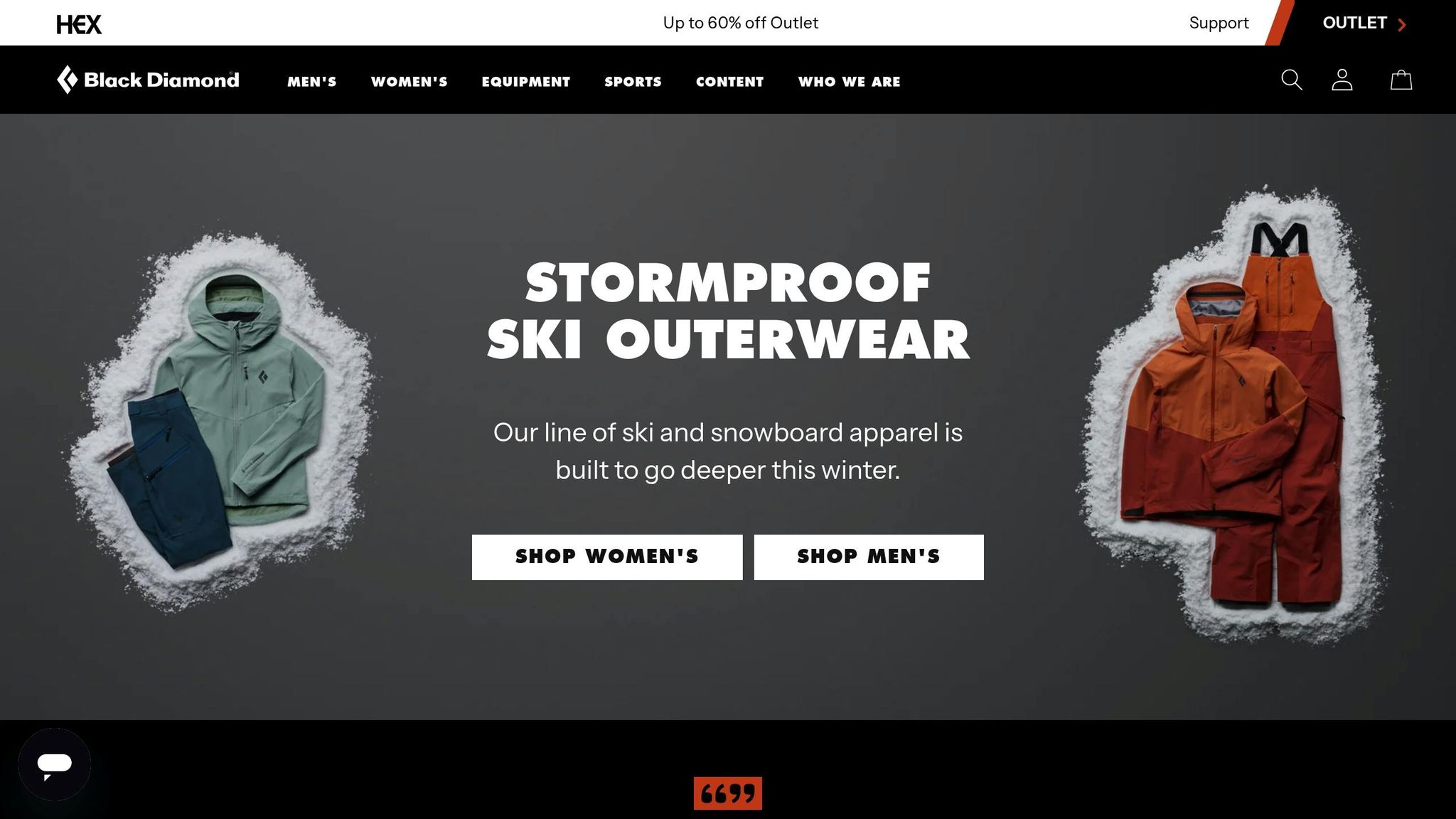
Black Diamond is known for creating lightweight, reliable backcountry gear focused on safety and performance. Their apparel is built to handle tough conditions while keeping you comfortable and protected.
Weather Resistance
To keep you dry and comfortable, Black Diamond uses top-notch materials like GORE-TEX Active and BD.dry™ membranes. These fabrics, paired with sealed seams and durable water-repellent (DWR) coatings, block out moisture while allowing sweat to escape.
Mobility
Black Diamond doesn’t just stop at weatherproofing - they’ve designed their gear to move with you. Features like articulated panels and stretch zones ensure you can ski, climb, or hike without restrictions. Take the Dawn Patrol Hybrid Pants, for example. These pants combine breathable softshell fabric with hardshell protection and include gusseted underarms, articulated knees, and adjustable cuffs for a full range of motion.
Avalanche Safety Features
Safety is a major priority for Black Diamond. Many of their pieces come equipped with RECCO® reflectors, which help rescue teams locate skiers buried in avalanches up to 30% faster.
"The integration of RECCO® technology in our apparel is a game-changer for backcountry safety." – John Smith, Product Manager, Black Diamond Equipment
They’ve also added specialized beacon pockets for quick and easy access to avalanche transceivers. This thoughtful design ensures you can reach your safety gear even when wearing a pack or harness.
Versatility
Black Diamond’s modular layering system is all about adaptability. With features like ventilation zips, removable powder skirts, and adjustable hoods, their gear can handle a variety of conditions. For 2025, they’ve updated their shell fabrics to be even lighter, more breathable, and fully integrated with RECCO® technology.
| Feature | Black Diamond Performance | Key Benefit |
|---|---|---|
| Weight | Lightweight construction | Reduces fatigue on long tours |
| RECCO® Integration | Enables 30% faster rescue location | Boosts avalanche safety |
| Durability | Built for multi-season use | Stands up to harsh conditions |
With its lightweight design, built-in safety features, and dependable weather protection, Black Diamond’s apparel is a go-to for backcountry skiers who want high performance without extra bulk.
sbb-itb-17ade95
4. Rip Curl Mountainwear

Rip Curl is bringing its surf-inspired flair to the mountains, crafting backcountry outerwear that blends standout style with serious performance. Long celebrated for its surfwear, the brand has carved out a spot in the ski and snowboard world by offering gear that doesn’t just protect - it moves with you and looks good doing it.
Weather Resistance
Rip Curl’s technical jackets and pants are built to handle harsh conditions, thanks to advanced waterproof and breathable membranes. Their jackets boast waterproof ratings ranging from 10,000mm to 20,000mm, paired with breathability ratings of 5,000g to 15,000g. This means they’re designed to keep you dry from both external moisture and internal sweat. Independent testing has shown that these pieces hold up impressively in heavy snow and freezing temperatures.
"Rip Curl's mountainwear combines cutting-edge technology with practical design, ensuring that skiers can tackle the toughest conditions without compromising on comfort." - Jane Doe, Outdoor Apparel Expert
Mobility
When it comes to movement, Rip Curl doesn’t cut corners. They use articulated designs, stretch fabrics, and gusseted construction in high-movement areas like knees and elbows. This attention to detail ensures you can move freely - whether you're climbing uphill or carving your way down. Lightweight and ergonomic fits further enhance comfort, especially during those grueling transitions between skinning and skiing.
Versatility
Rip Curl’s gear is built to adapt. Modular features like zip-in compatibility, adjustable vents, and removable components make it easy to tweak your setup as the weather or terrain changes. Whether you’re chasing powder in mid-winter or touring in the warmth of spring, their gear is ready to roll.
| Feature | Rip Curl Performance | Price Range |
|---|---|---|
| Waterproof Rating | 10,000mm - 20,000mm | $250 - $500 (jackets) |
| Breathability | 5,000g - 15,000g | $200 - $400 (pants) |
| User Rating | 4.5/5 stars average | Competitive with premium brands |
While Rip Curl doesn’t heavily focus on avalanche safety, some of their top-tier models include basic RECCO® technology for passive rescue support. Overall, the brand strikes a balance between dependable performance and affordability, with most pieces priced between $200 and $600, depending on the features you’re after.
5. Snowfeet* Short Ski Outerwear
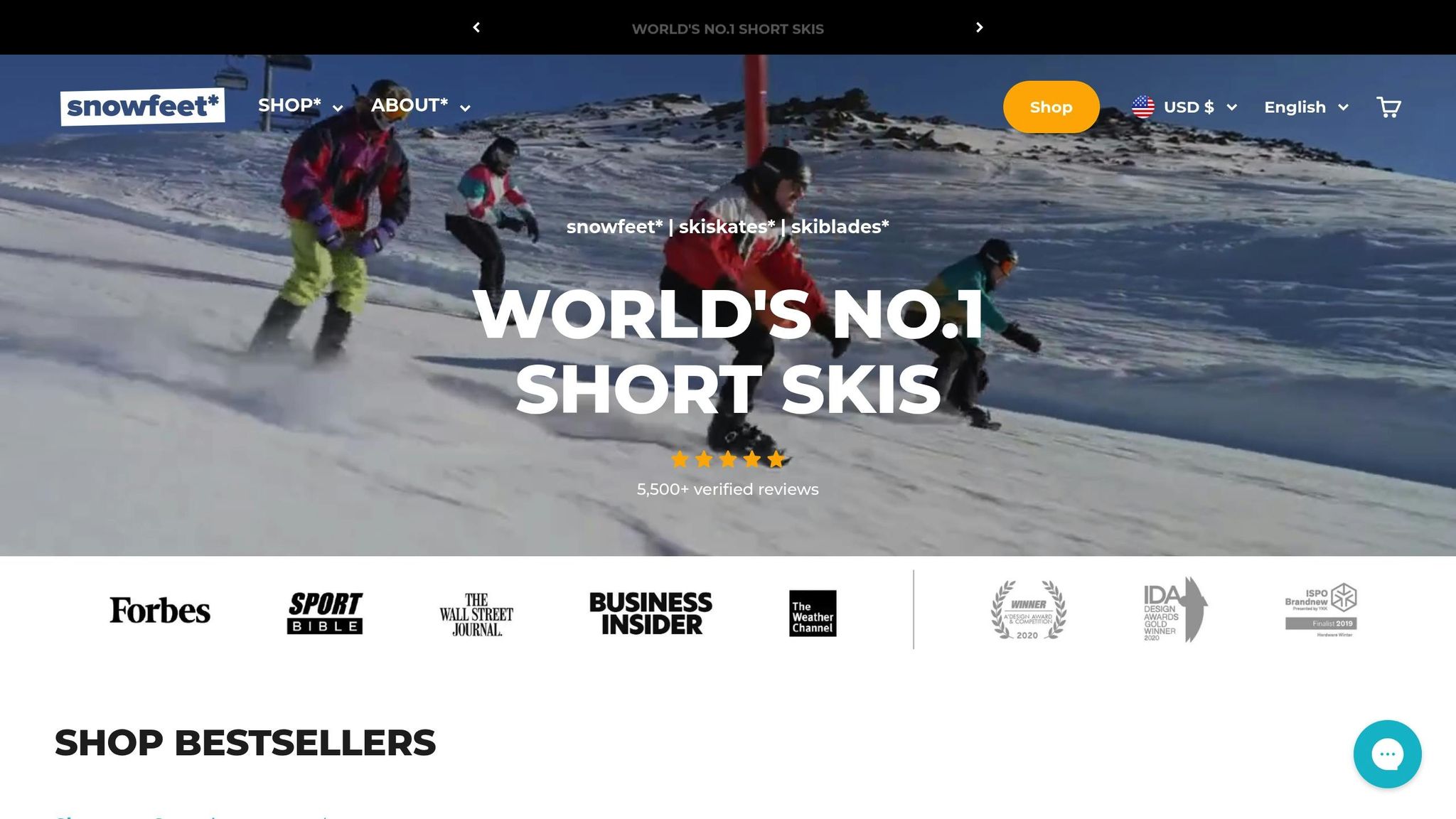
Snowfeet* is shaking things up in the world of backcountry outerwear. Unlike traditional brands that focus on heavy-duty gear for long expeditions, Snowfeet* caters to short ski and skiskating enthusiasts who value lightweight, flexible apparel. Their designs prioritize agility and freedom of movement over bulk and excessive insulation, aligning perfectly with the needs of active, on-the-go skiers.
Weather Resistance
Snowfeet* outerwear is crafted using lightweight, water-resistant, and windproof materials. While it skips traditional heavy-duty membranes like Gore-Tex, it still provides solid protection against the elements. This makes it a great choice for short ski adventures where quick transitions through varying terrains and elevations are the norm.
Mobility
When it comes to movement, Snowfeet* stands out. Their gear features ergonomic cuts, articulated knees and elbows, and stretch fabrics that allow for smooth, unrestricted motion. Whether you're skiskating, carving tight turns, or switching between skiing and walking, their lightweight and slim-fit designs move with you. This is a stark contrast to traditional ski apparel, which often sacrifices flexibility for bulkier insulation aimed at alpine skiing.
Versatility
Snowfeet* gear is all about adaptability. With features like modular layering, removable hoods, and ventilation zippers, it’s designed to handle changing weather and activity levels with ease. Plus, the lightweight and compressible design means jackets and pants can be packed into a backpack without taking up much space. This versatility extends beyond the slopes - Snowfeet* outerwear transitions effortlessly from skiskating to casual wear, making it a practical option for everyday use. And with short ski setups starting around $250, it offers great value compared to traditional gear.
| Feature | Snowfeet* Outerwear | Traditional Ski Apparel |
|---|---|---|
| Weight | Lightweight and packable | Heavy, bulky construction |
| Versatility | Multi-activity, everyday use | Primarily ski-specific |
| Packability | Compresses easily into a bag | Hard to pack due to bulk |
Experts consistently praise Snowfeet* for its comfort, mobility, and convenience, especially in moderate weather and varied terrain. Its focus on portability and multi-use functionality makes it a top pick for recreational skiers and backcountry explorers who want gear that keeps up with their active lifestyle.
Pros and Cons Analysis
When it comes to backcountry outerwear, each brand brings something unique to the table, catering to different skiing needs and conditions. Here's a closer look at some of the big players:
Arc'teryx is a standout for its exceptional weather resistance. Its advanced waterproof membranes and seam-sealed construction make it a go-to for extreme conditions. The ergonomic design allows for excellent mobility, and it doesn't skimp on avalanche safety features, which are seamlessly integrated into its technical design.
Patagonia shines with its H2No® Performance Standard waterproofing and commitment to Fair Trade Certified™ materials. This gear balances solid weather protection with an eco-conscious approach. Stretch fabrics and ergonomic cuts ensure great mobility, while features like removable powder skirts and versatile pocket setups add to its usability. Avalanche safety is also thoughtfully included, with features like RECCO and beacon pockets.
Black Diamond delivers solid weather resistance thanks to its BD.dry™ waterproof technology and durable face fabrics. The gusseted construction and lightweight materials make for excellent mobility, though some models lean on the heavier side, which might not be ideal for lengthy tours. Avalanche safety features, including shovel and probe integration, round out its technical focus.
Rip Curl offers reliable weather protection with its breathable membranes and ergonomic cuts that allow for good mobility. However, its avalanche safety features are more limited, making it better suited for resort skiing or freeride adventures rather than technical backcountry touring.
Snowfeet* takes a different approach, prioritizing lightweight, packable designs that emphasize mobility and versatility. While its water-repellent fabrics perform well in moderate conditions, they aren't built for extreme weather. Avalanche safety features are minimal, but the gear excels at transitioning between activities, from skiskating to everyday wear. With short ski setups starting around $250, it’s a budget-friendly option that brings a fun twist to the slopes.
Here’s a quick comparison to sum it all up:
| Brand | Weather Resistance | Mobility | Avalanche Safety | Versatility | Best For |
|---|---|---|---|---|---|
| Arc'teryx | Excellent (20,000mm+) | Excellent | RECCO, airbag compatible | High | Extreme conditions |
| Patagonia | Very Good (H2No®) | Very Good | RECCO, beacon pockets | High | Eco-conscious skiers |
| Black Diamond | Good (BD.dry™) | Excellent | Shovel/probe integration, RECCO | Moderate | Technical touring |
| Rip Curl | Adequate | Good | Limited features | Moderate | Resort/freeride |
| Snowfeet* | Moderate | Excellent | Minimal | Excellent | Multi-activity use |
Each brand has its strengths. Traditional names like Arc'teryx and Patagonia dominate in technical performance, while Snowfeet* takes a more playful and versatile approach, perfect for those looking to mix things up on the slopes. Just keep in mind, Snowfeet’s minimalist safety features make it less ideal for avalanche-prone backcountry terrain.
Final Recommendations
Backcountry skiing in the U.S. offers two distinct approaches when it comes to gear. Established brands like Arc'teryx, Patagonia, and Black Diamond are known for their exceptional weather protection and seamless avalanche safety integration. These qualities make them a go-to choice for serious skiers tackling rugged terrain and extreme conditions. But there’s a fresh perspective shaking things up in the backcountry skiing world.
Enter Snowfeet*. Their innovative short ski design reimagines mobility and gear transport altogether. Imagine packing your entire ski setup into a backpack - alongside lightweight, high-performance outerwear. That kind of portability changes the game for backcountry adventurers.
For skiers exploring the Rocky Mountains, Sierra Nevada, or Northeast backcountry, pairing Snowfeet* with lightweight, breathable outerwear is a winning combo. The agility offered by short skis promotes a more dynamic skiing style, making freedom of movement a top priority. Arc'teryx’s precise cuts and Patagonia’s stretch fabrics are excellent choices, as they complement the flexibility and active motion that Snowfeet* encourages. You’ll also want outerwear that supports quick transitions without restricting movement - because when you’re zipping through fresh powder, every second counts. And don’t skimp on avalanche safety gear. Standard essentials like transceivers, shovels, and probes work seamlessly with short skis, while the added maneuverability of Snowfeet* gives you an edge in reacting to tricky situations.
For budget-conscious skiers, Snowfeet* offers an approachable price point compared to traditional setups. This leaves room to invest in premium outerwear with advanced waterproofing and safety features. Plus, users rave about how easy short skis are to learn and their unmatched portability.
If your priority is braving extreme weather, brands like Arc'teryx and Patagonia deliver top-tier protection, while Black Diamond balances technical features with affordability. But if you’re all about versatility, fun, and exploring terrain without the hassle of bulky gear, Snowfeet* paired with lightweight, mobility-friendly outerwear is a fantastic choice.
The future of backcountry skiing is shifting. It’s no longer just about conquering harsh conditions - it’s about making the experience more enjoyable and accessible. Snowfeet*’s focus on shorter skis brings a sense of freedom and fun, and when combined with the right outerwear, it creates a backcountry experience that challenges the norms and invites more skiers to join the adventure.
FAQs
How do Snowfeet* mini skis compare to traditional skis for backcountry adventures?
Snowfeet* mini skis bring a whole new level of freedom and flexibility to backcountry skiing. Thanks to their compact, lightweight design, they’re a breeze to carry and handle - whether you’re scaling steep slopes or weaving through tight trails.
One of the coolest things about Snowfeet* is how simple they are to use. You can strap them on with regular winter shoes, snowboard boots, or even ski boots - no need for heavy, clunky gear. This makes them a great option for anyone who loves the idea of skiing without all the extra hassle. Their shorter length also means you can make sharp, quick turns and enjoy a playful, energetic ride. Who says bigger skis are always better? These mini skis prove otherwise, offering a fresh and fun way to embrace the snow.
What safety and performance features make Snowfeet* gear a great choice for backcountry skiing compared to traditional ski equipment?
Snowfeet* gear brings a refreshing twist to backcountry skiing by emphasizing lightweight design, flexibility, and simplicity. Unlike traditional ski setups that can feel bulky and awkward to lug around, Snowfeet* products - like mini ski skates and skiboards - are compact and easy to carry. This makes them perfect for tackling remote trails or exploring untouched terrain, giving skiers the freedom to move with ease and adjust to changing conditions without breaking a sweat.
Instead of focusing on the high-tech safety features often found in standard ski gear, like avalanche beacons, Snowfeet* takes a different approach: trimming down your setup. Their shorter skis challenge the old-school belief that longer skis are a must for stability. The result? A nimble, fun, and hassle-free experience on the slopes. For those ready to ditch oversized gear and try something new, Snowfeet* offers a fresh alternative that’s all about adventure and simplicity.
What makes Snowfeet* a better choice for short ski adventures compared to traditional ski gear?
Snowfeet* offers a whole new way to enjoy the snow with its compact, lightweight, and user-friendly design. Forget the hassle of lugging around traditional skis - these sleek, portable mini skis let you experience the thrill of skiing and skating on snow without the bulk. Even better, they’re compatible with regular winter shoes, snowboard boots, or ski boots, so there’s no need for special gear.
Unlike long skis that can feel clunky and restrict your movement, Snowfeet* proves that shorter skis can deliver more freedom, control, and fun on the slopes. Whether you're just starting out or you've been skiing for years, these mini skis are made to elevate your winter experience. Plus, they’re easy to carry, store, and take wherever the snow takes you. It’s a fresh twist on winter sports!
Related Blog Posts
- Skinbased Skis Explained: OAC, Altai Hok & Trekking Skis Guide
- Intro to Light Backcountry: Essential Gear for Exploring Beyond the Groomed Trails (Without the Pro Setup)
- How to Choose Skis for Backcountry Beginners (Safety First!) - 2025
- Terrain Traps in Backcountry Skiing: What They Are and How to Avoid Them







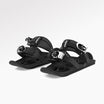
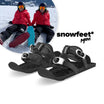
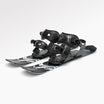
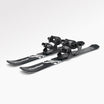

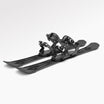

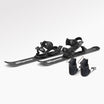






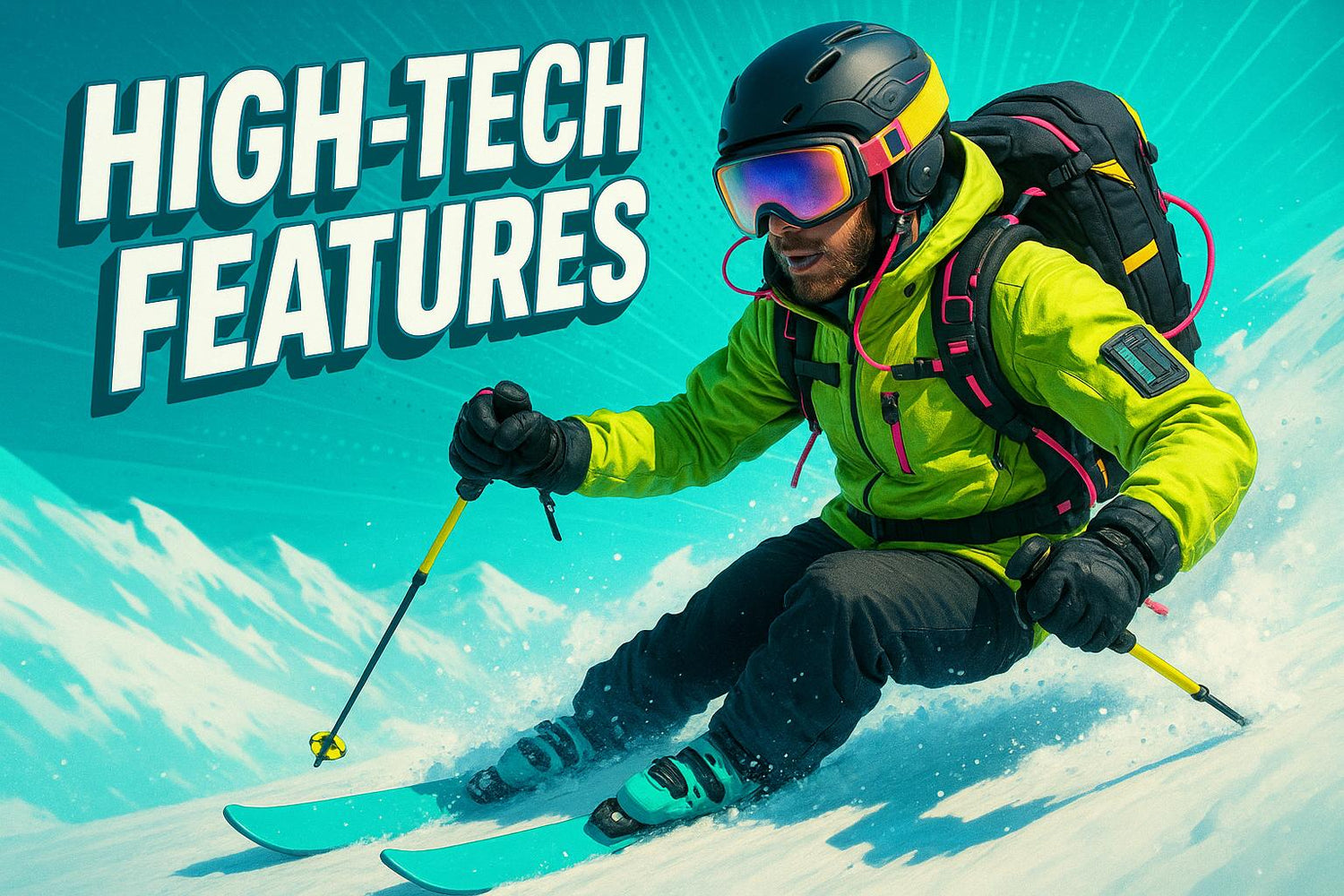
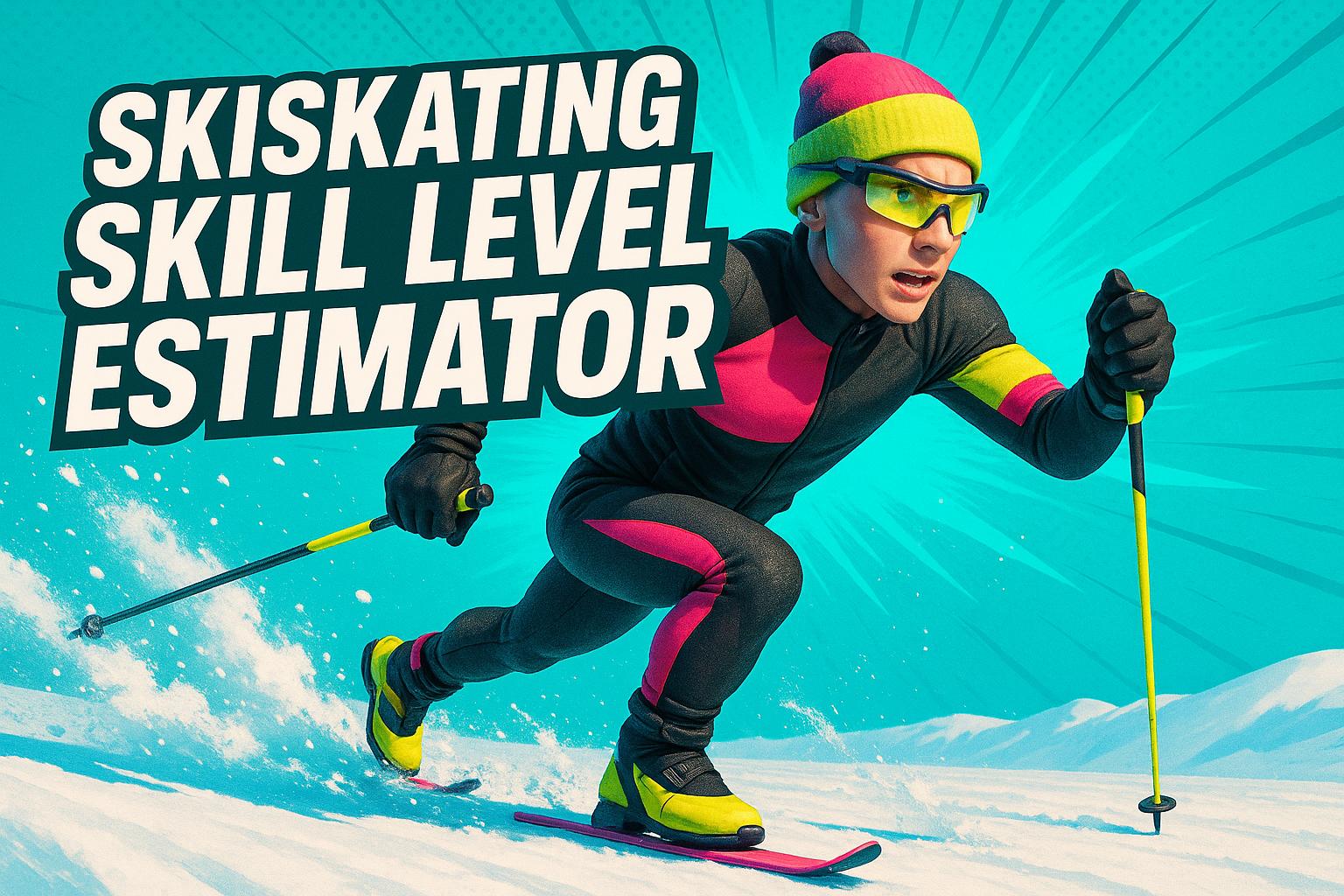
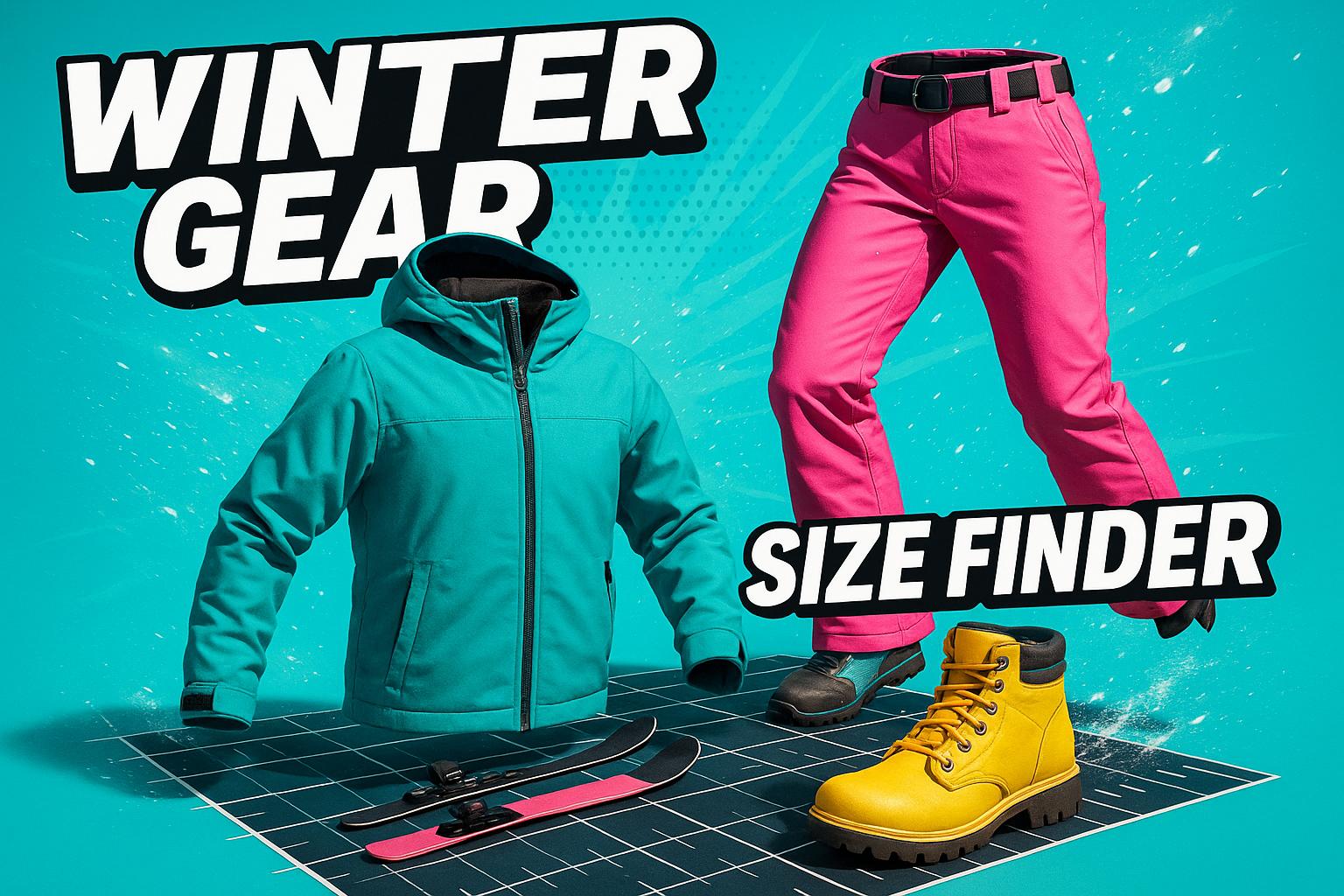




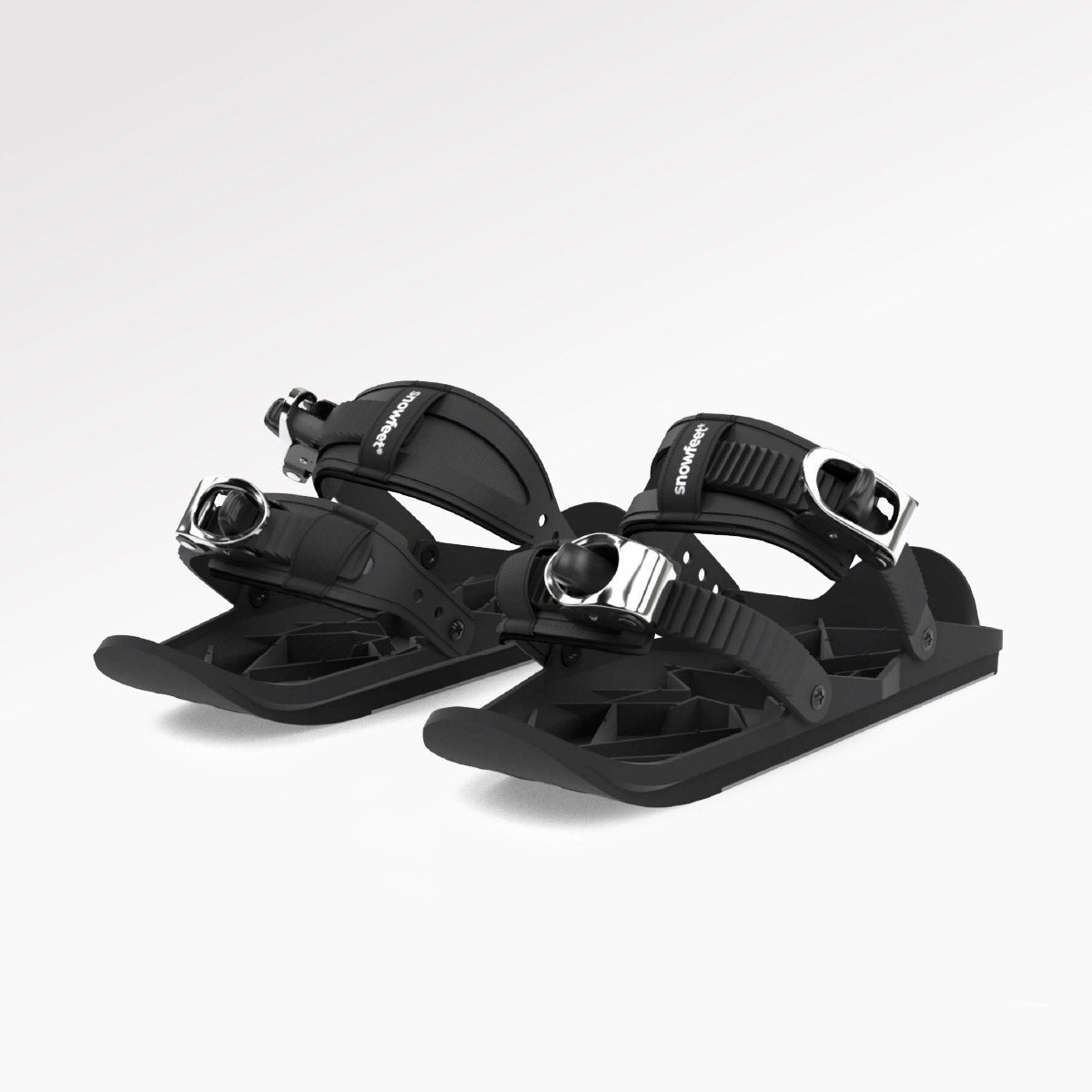
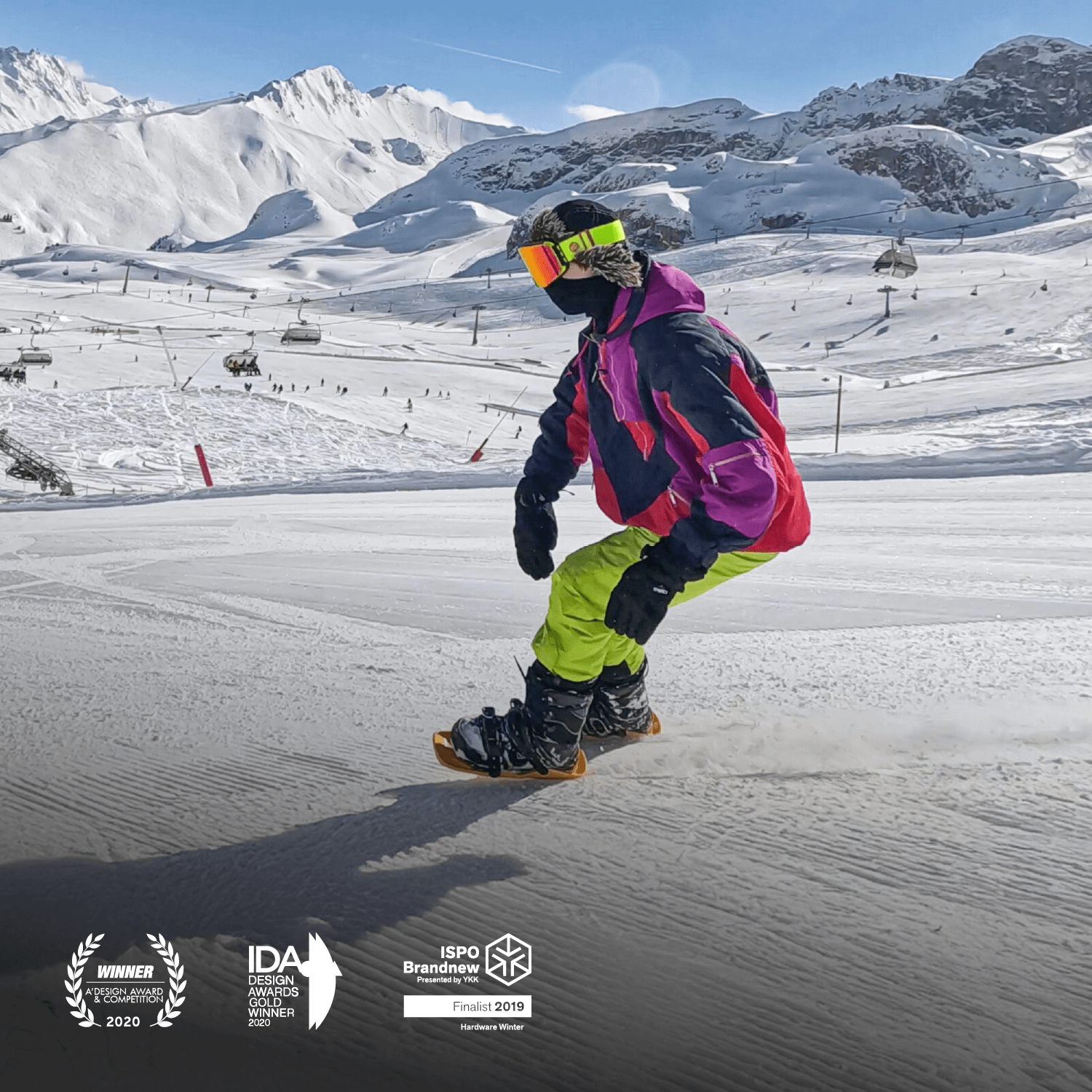
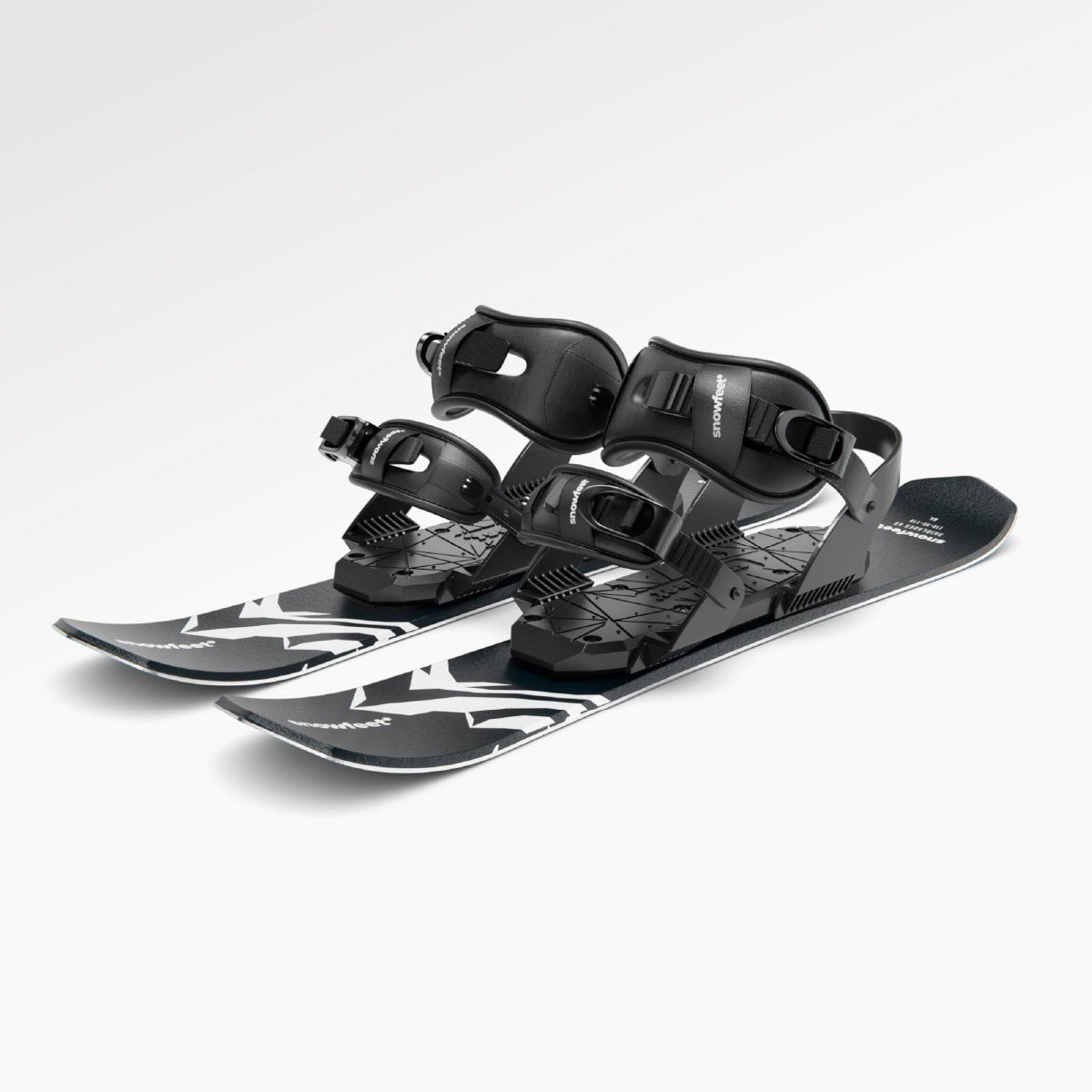

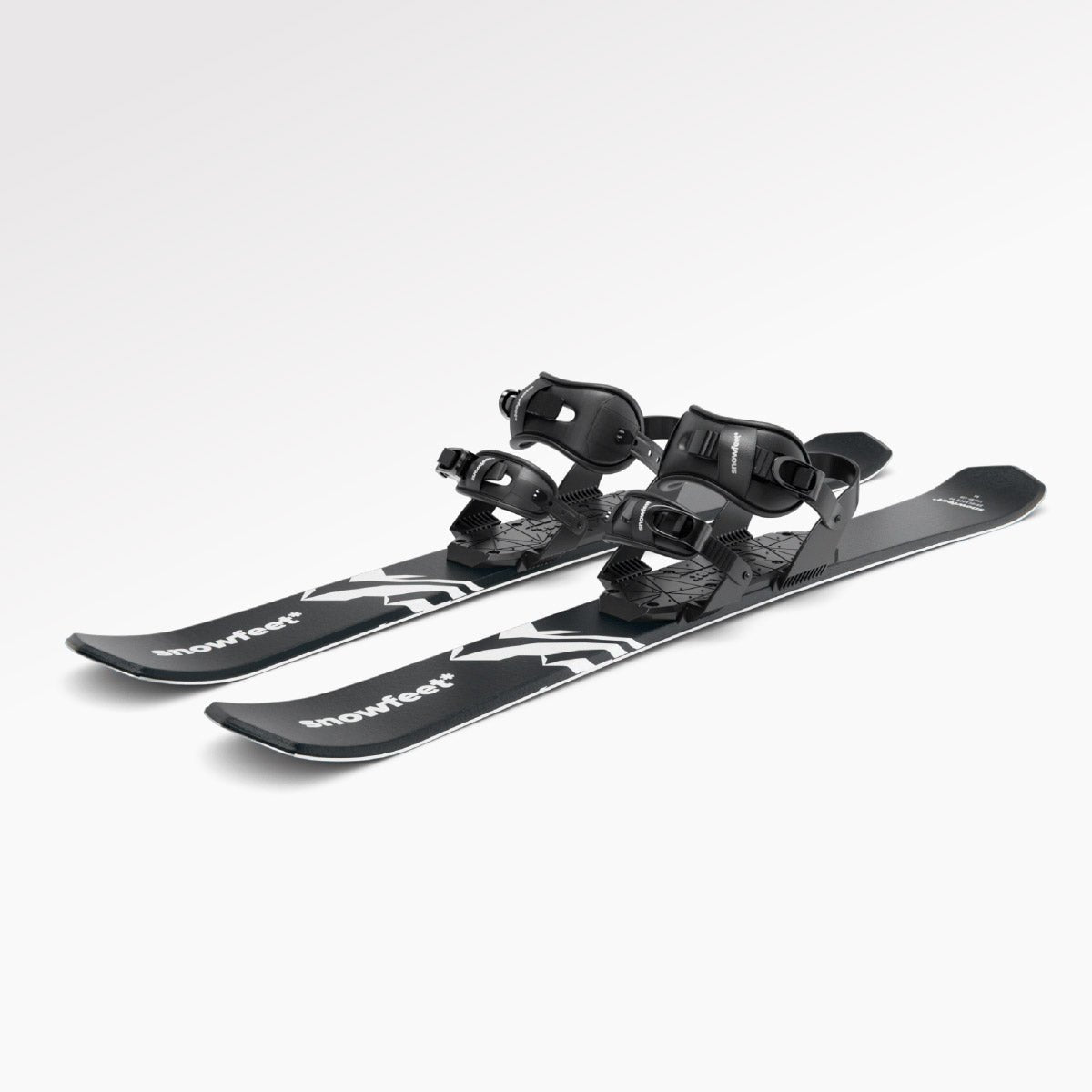

Hagyj egy hozzászólást
Ezt a webhelyet a hCaptcha rendszer védi, és a hCaptcha adatvédelmi szabályzata, valamint szolgáltatási feltételei vonatkoznak rá.